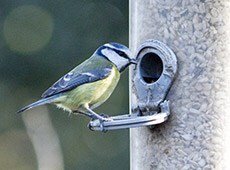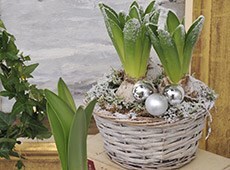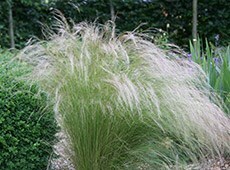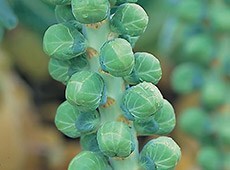Seasonal jobs for the month: December
Jobs for the month archiveOctoberSeptember August July June May April March February January December November |

|

|

| |||||||||

|

|

|
Kitchen garden
Ornamental Gardens
|
